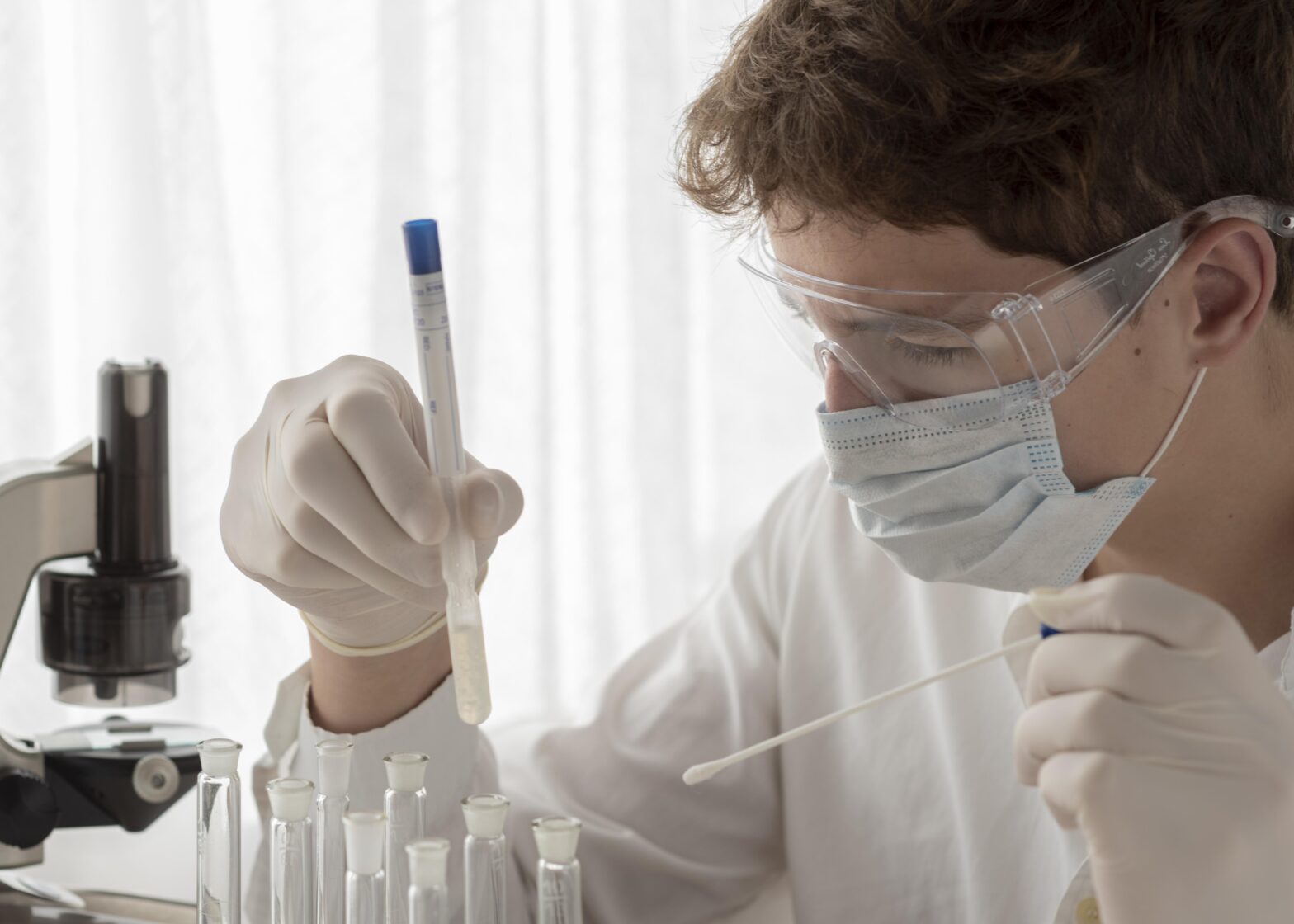Antimicrobial resistance is a growing global health crisis, causing over a million deaths annually. In a groundbreaking development, scientists at MIT have used artificial intelligence (AI) to design two novel antibiotics that effectively attack drug-resistant strains of gonorrhoea and MRSA. Experts call this a leap forward that could usher in a second golden age of antibiotic discovery.
What Makes These Antibiotics Unique?

AI-Powered Drug Design
Traditional antibiotic discovery often involves scanning chemical libraries for candidates. MIT researchers changed the game by using generative AI algorithms to craft new drugs atom-by-atom. Their two main approaches were:
- Fragment-Based Design: The AI built molecules from smaller chemical units (eight to 19 atoms).
- Freeform Generation: The AI was given total creative freedom to invent entirely new molecular structures.
Importantly, the team avoided structures similar to existing antibiotics to combat resistance more effectively and to explore new chemical territories.
Laboratory Success Against Superbugs
The AI-designed compounds, named NG1 (for gonorrhoea) and DN1 (for MRSA), were put through rigorous lab testing:
- NG1: Lowered bacterial loads in mice infected with drug-resistant gonorrhoea.
- DN1: Effectively treated MRSA skin infections in animal models.
Both drugs destroy bacteria by disrupting cell membranes—a mechanism not seen in existing antibiotics.
Challenges Before Human Use
Despite promising results, these antibiotics face obstacles before reaching pharmacies:
- Clinical Testing: Extensive safety and efficacy trials are required, which will take at least one to two years.
- Manufacturing: Of 80 theoretical designs for gonorrhoea treatment, only two could be synthesized at scale.
- Economic Hurdle: New antibiotics must be used sparingly, limiting sales and making development less attractive for companies.
Dr. Andrew Edwards from Imperial College London praises the innovation but stresses rigorous testing ahead.
Professor Chris Dowson from Warwick warns of commercial challenges.
The Future of Antibiotic Discovery
AI’s ability to quickly analyze millions of potential drug candidates marks a huge advance. Professor James Collins, the MIT research leader, notes:
“AI can enable us to come up with molecules, cheaply and quickly, and really give us a leg up in the battle against superbugs.”
This new approach could make antibiotic discovery faster, more affordable, and help stay ahead of evolving bacterial threats.
Conclusion
AI-designed antibiotics NG1 and DN1 signal a new era in the fight against drug-resistant bacteria. While clinical hurdles remain, this innovative research is a significant step towards combating the superbug crisis and delivering future-ready treatments.
Make sure to follow HosTalky on LinkedIn and Instagram for the latest news and trends on healthcare technology!

Với nền tảng công nghệ tiên tiến, QQ88 mang đến tốc độ giao dịch nhanh chóng và ổn định. Kho trò chơi đa dạng cùng tỷ lệ trả thưởng cao giúp bạn luôn có lợi thế. Lựa chọn QQ88 là khẳng định sự chuyên nghiệp và uy tín.
Link đăng ký nhà cái Xin88 Uy tín nhất 2025 tại đây
Alright, alright, nustargames. Not the flashiest site out there, but the game selection is reasonable. Plus, the bonuses aren’t bad. Check it out at nustargames.
Yo, Alanobet5! This site’s alright, eh? The slots are decent and payouts are pretty quick. Could use some more variety in the table games though. Worth a look! Check it out here: alanobet5
Well done! This article provides a lot of value.